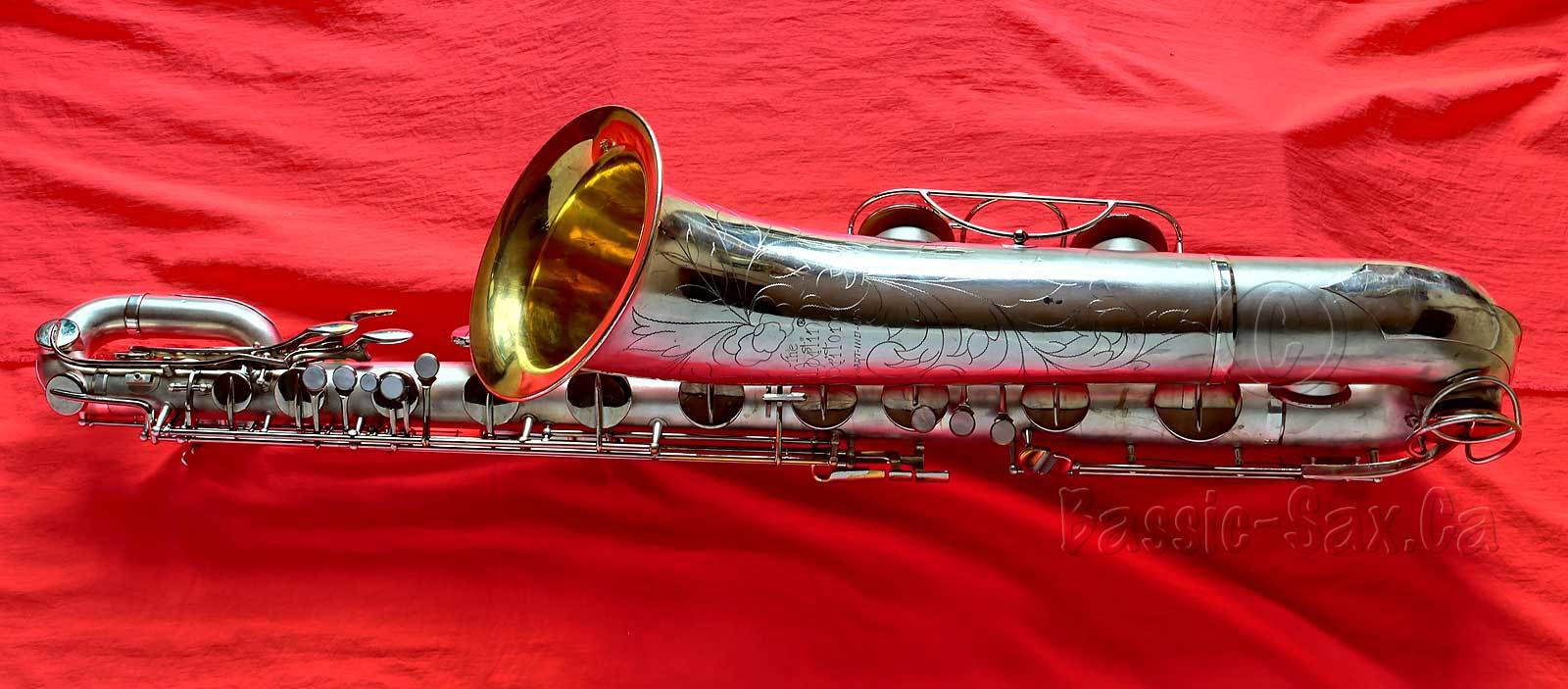
When I was teaching saxophone, I taught students who played alto, tenor, and bari. If the student arrived at the lesson with an alto, I got my alto out and played along during the lesson on it. If they came with a bari, I would get mine out for the lesson.
I never had any soprano students (that I can recall). That said, if someone had come to me with a soprano saxophone and wanted to take lessons, I would have dragged out mine and taught the lessons on that devilish little horn. 😈
Now some people might ask: Why is that? Aren’t all saxophones the same? They finger the same. If you can play one, you can play them all.
While all those statements are true, it is also true that all saxophone voices have some key fundamental differences, and require unique approaches. This is something that advanced saxophone players—who have played more than 1 voice of saxophone—know, and certainly all saxophone teachers ought to know.
The other day I had a conversation with a music teacher who teaches multiple instruments. Among all the usual suspects, this person also teaches saxophone from beginning to advanced levels, in classical, jazz, or any other style of music a student wants. However when it comes to types of saxophones that this teacher has, there was only 1.
Baritones are the perfect members of the saxophone family to provide an illustration of my point. Very few of us started out playing bari. Rather, we switched over to the larger horn from either tenor or alto.
However, when we first switched, we were anything but baritone players. We didn’t know when to start out notes correctly; our embouchures were too tight; we couldn’t go over the C2 to D2 break without cracking the note; etc. etc. In order to sound like a real baritone sax player, as opposed to an alto or tenor player just playing bari, we had to learn the nuances of the horn, and learn how to play the baritone as its own instrument, and not just as a large tenor or alto.
Part of being an instructor is being able to demonstrate proper techniques to your students—whether that being tonguing, embouchure, or whatever. Without having a baritone saxophone at your disposal, how can you teach your baritone students these fundamental skills?
Furthermore, we’re also supposed to be demonstrating good tone. How can a teacher playing tenor demonstrate good baritone tone without a bari sax, or a teacher playing bari demonstrate good soprano tone? The short answer is, obviously they can’t.
In a perfect world all saxophone teachers would play all the voices of saxophone, and demonstrate the nuances of each specific type of horn to their students. Reality is however, we don’t live in that perfect saxophone teaching/learning world.
There are lots of communities where students will be lucky just to find a teacher, any teacher, to take lessons from—let alone a teacher who happens to play to same type of saxophone that they do.
As teachers however, we owe it to potential students to give them accurate information, and if alternatives are available, to refer those students who don’t really fit our area of expertise, to another instructor. It’s just the right thing to do.






Yes, each member of the saxophone family definitely has its own personality. They’re not as different from each other as, say, alto sax and flute, or tenor sax and oboe; but each one needs to be practiced, played, and taught as its own “beast.”
I don’t know why all saxophone teachers don’t get this. Just because they don’t have access to anything other than an alto—or maybe a tenor as well—doesn’t mean that they should be teaching soprano or bari players how to play their specific horns. This isn’t rocket science. IMO, this would be similar to a driving instructor teaching would-be bus bus drivers to drive in a minivan.
Yes, as Helen mention, in some countries is hard to find professors (an even good sound instruments at affordable prices)
But also is hard to find books….a method book to approach saxophone….
The Klose, spanish version was very popular, but ofcourse, without any conceptual terms, basic to good saxophone approach such as: arpegios, chords, swing, etc
For those students lucky enough to go to North America or Canada, it is impossible not to improve, but they have to relearn the american notation (which is different than the spanish: “do”, “re”, “mi”, etc
Today with internet is amazing the resources: solo transcriptions could be available and other fundamental studies for improvization that were a secret only to the “pros”……
@Pablo, the Rubank method books are solid and work well for any size saxophone: elementary, intermediate, advanced vols. 1 and 2. They can be supplemented with Patterns for Jazz, the Aebersold play-alongs, classical repertoire, etc. for more advanced students.